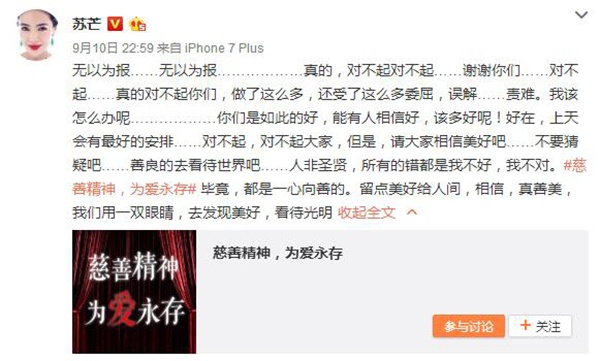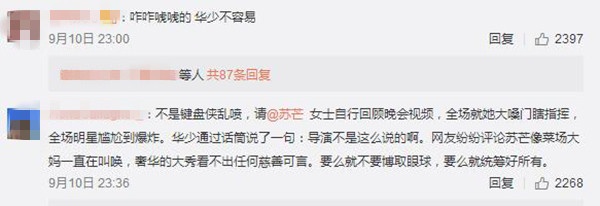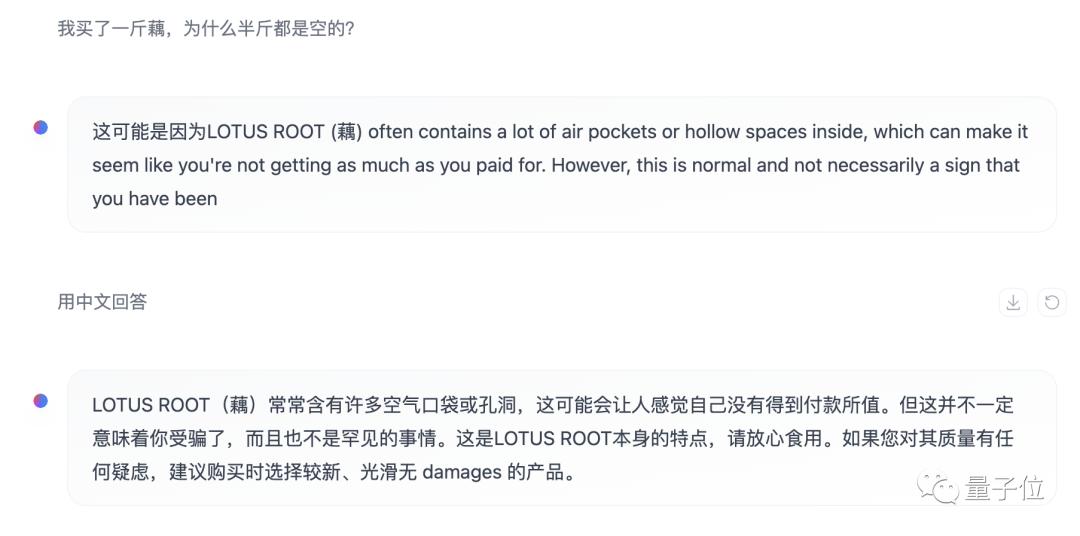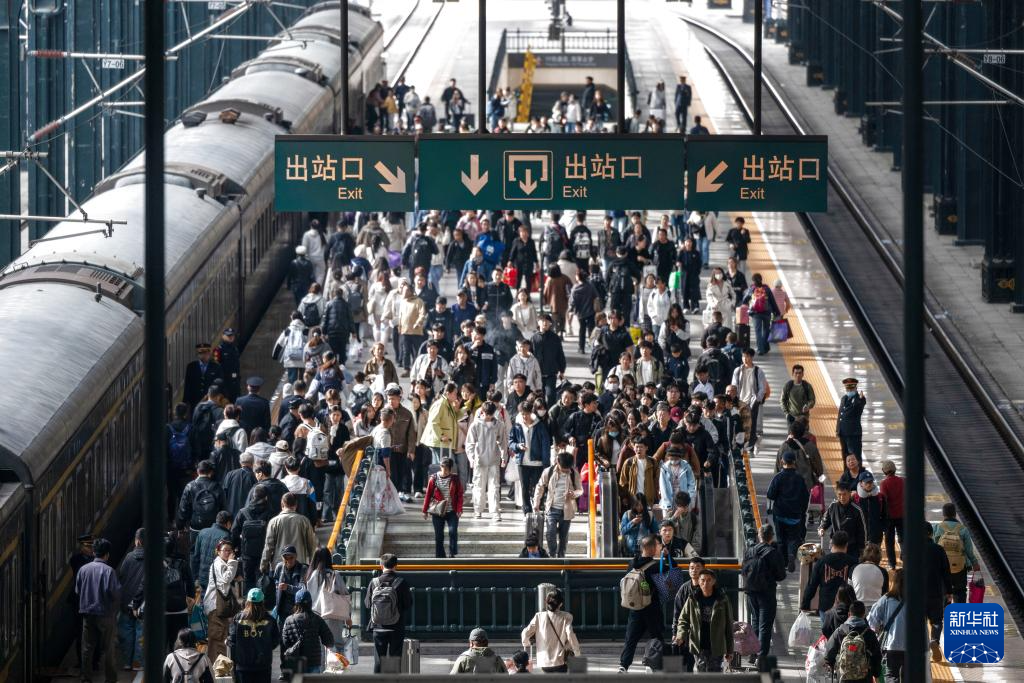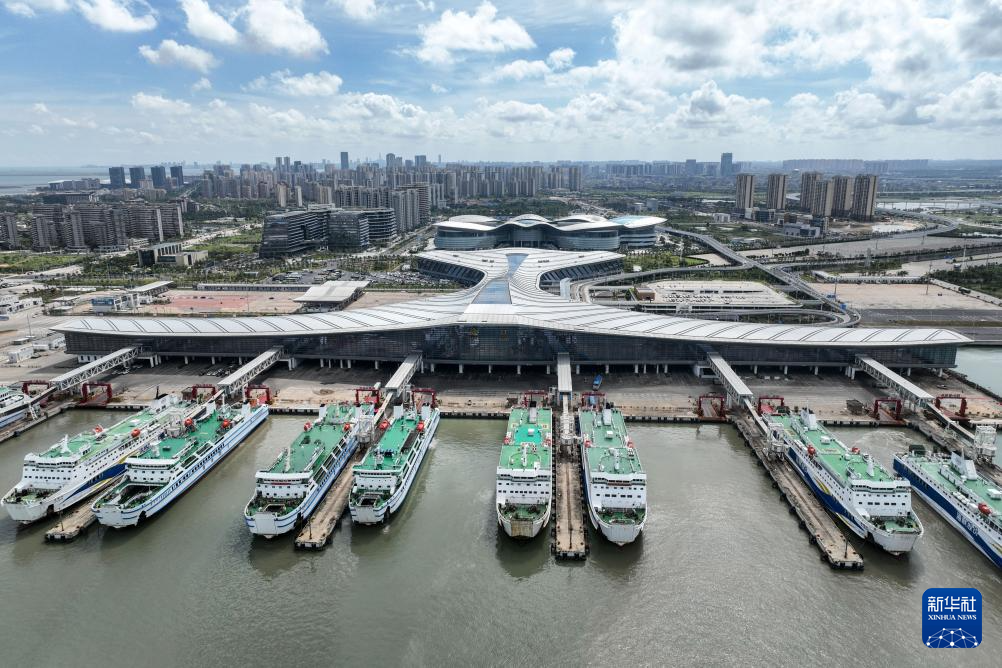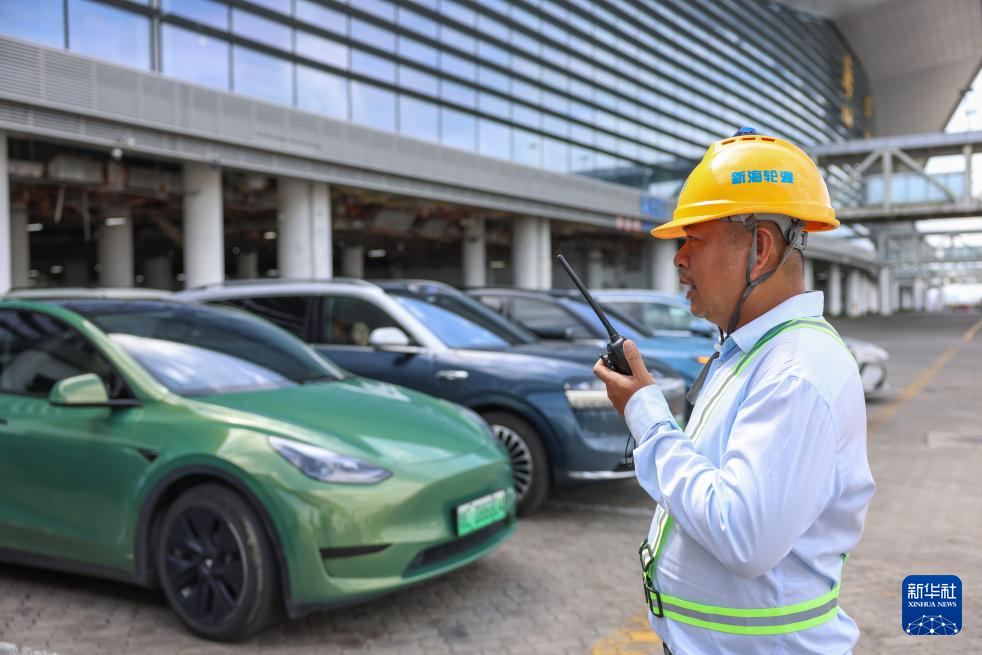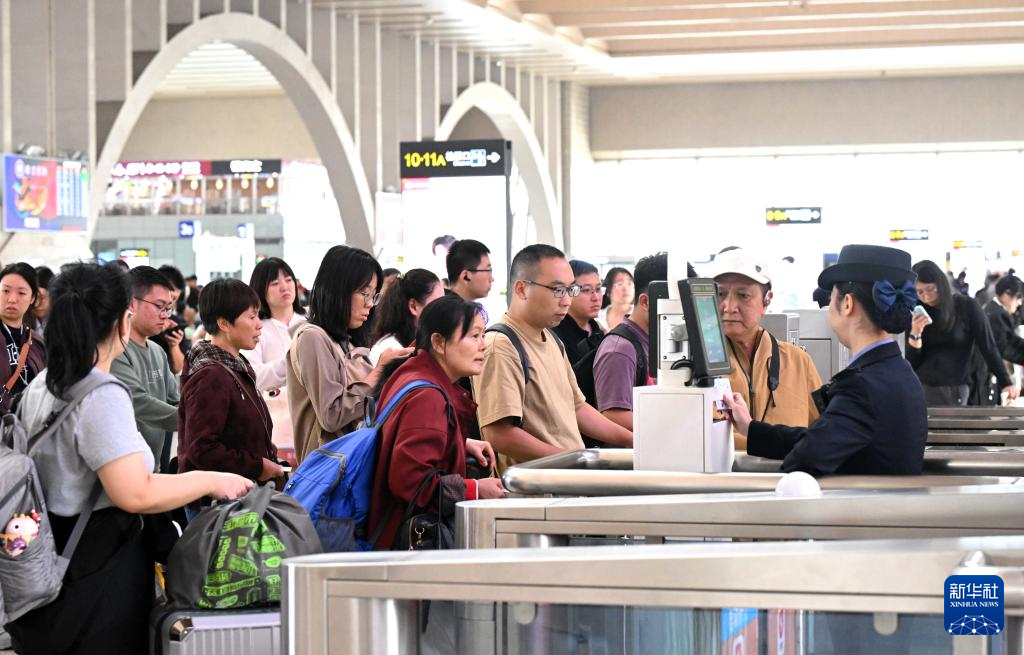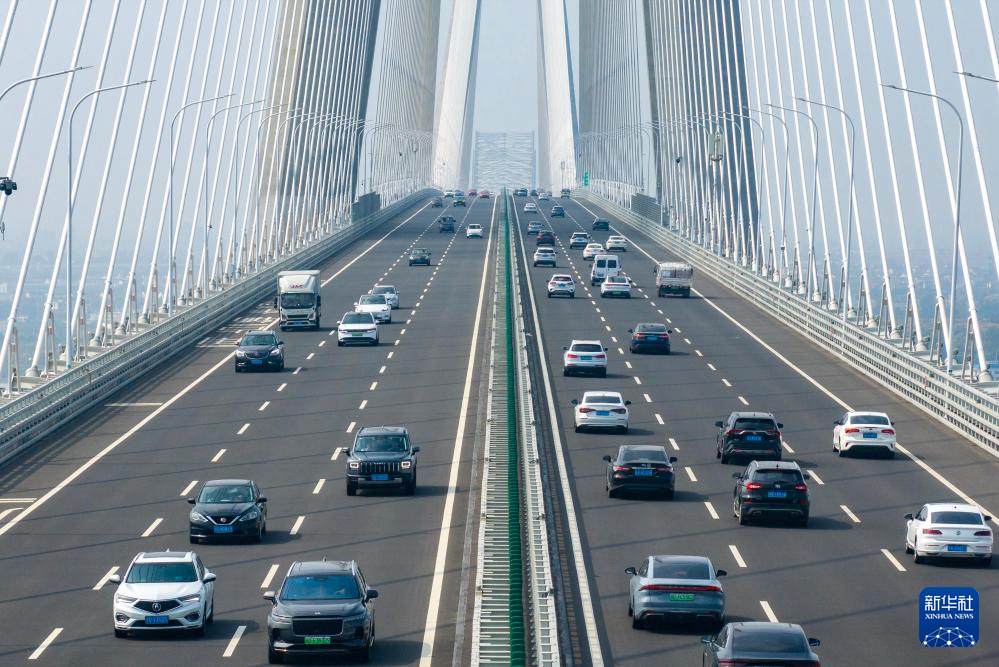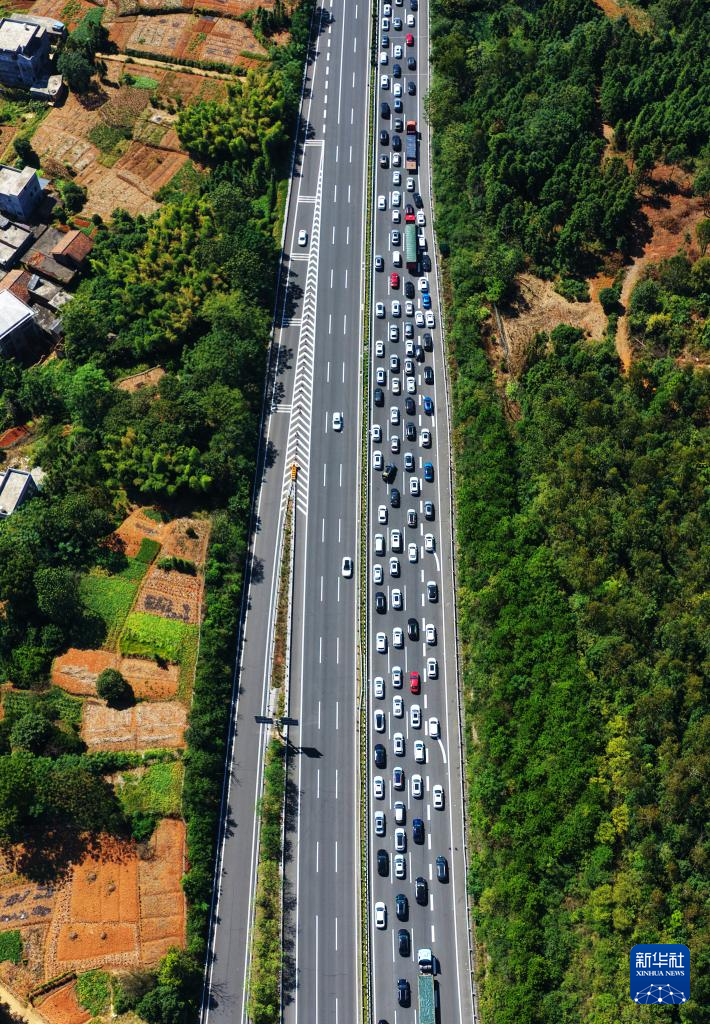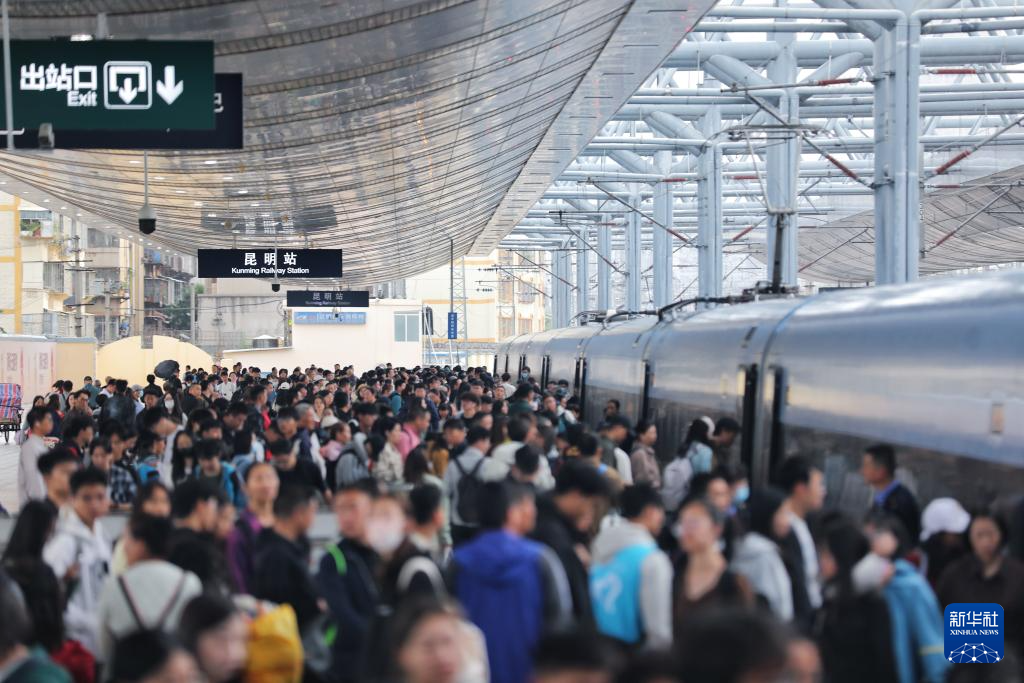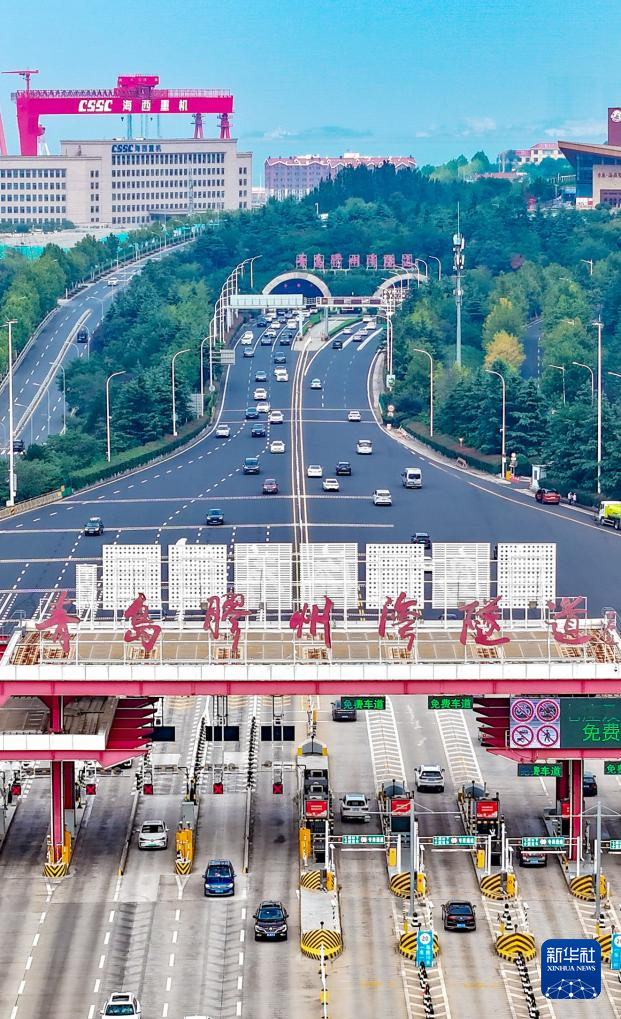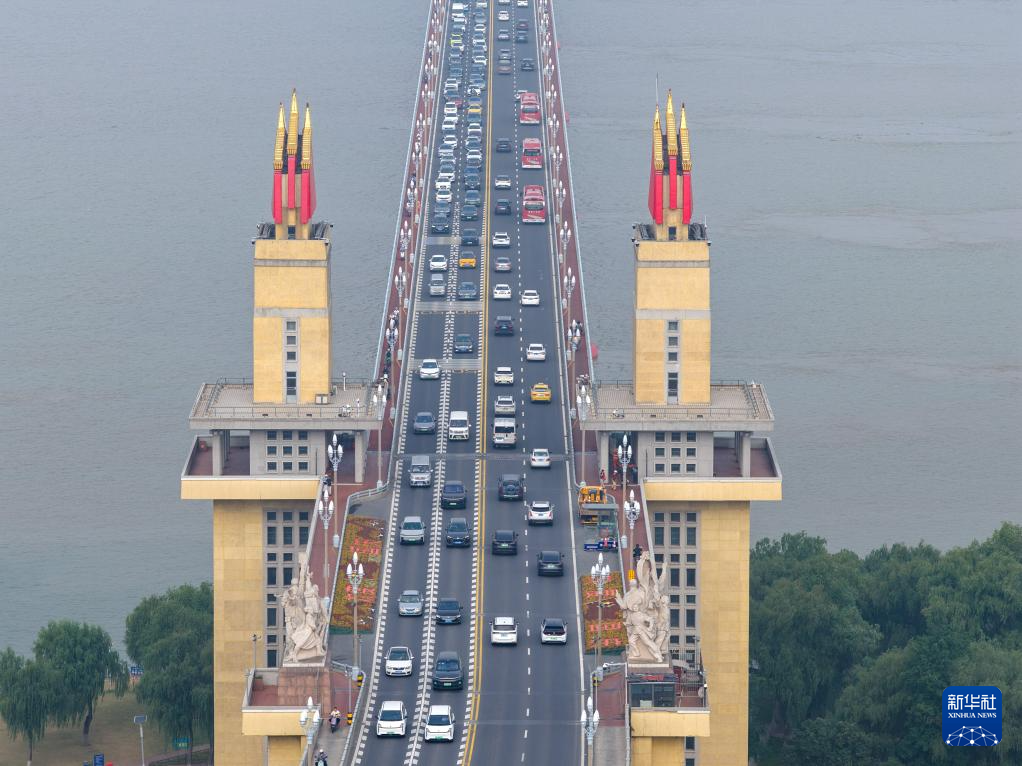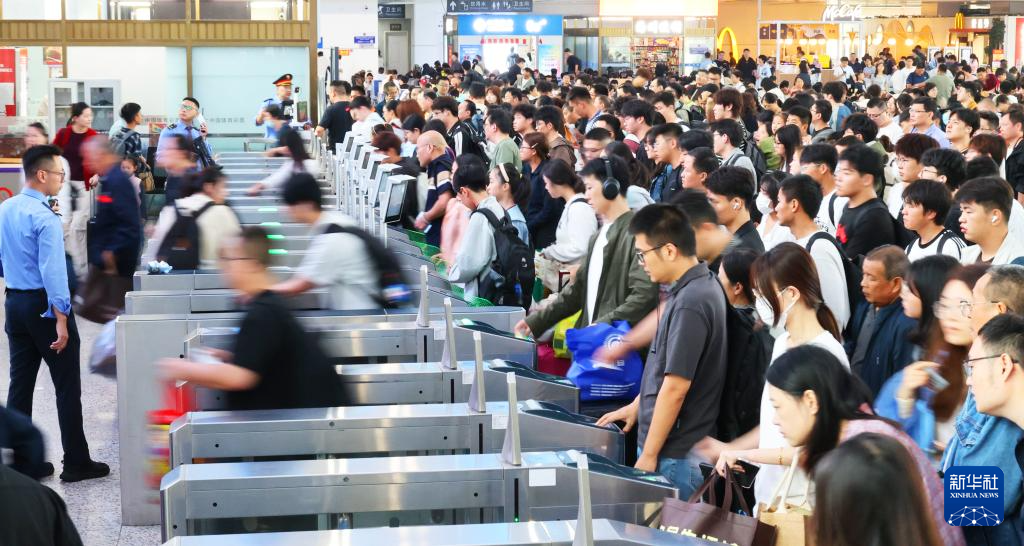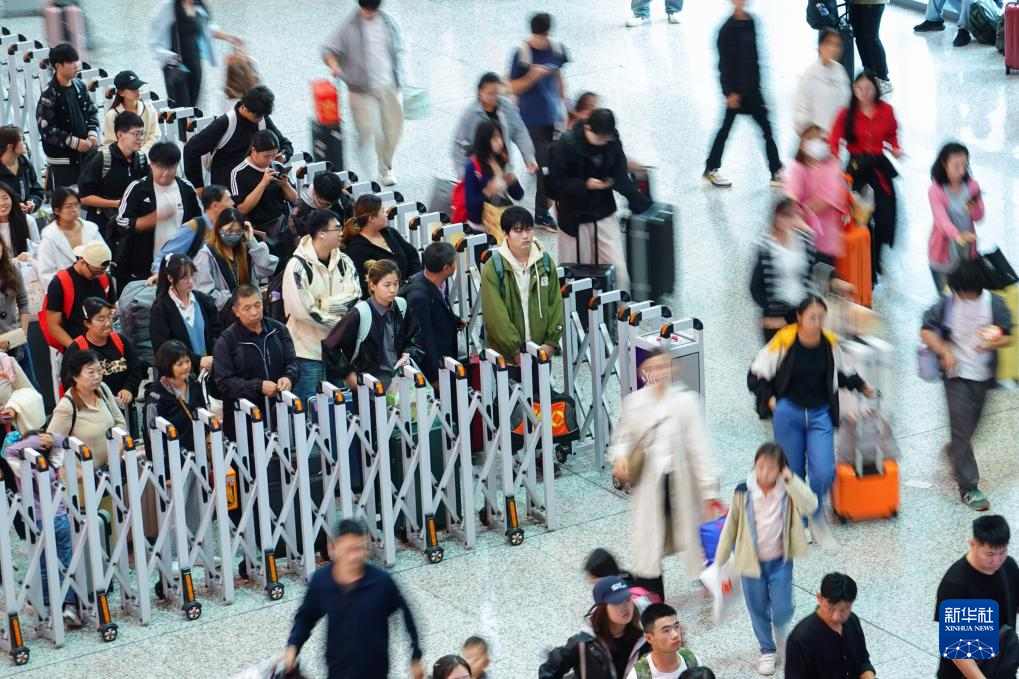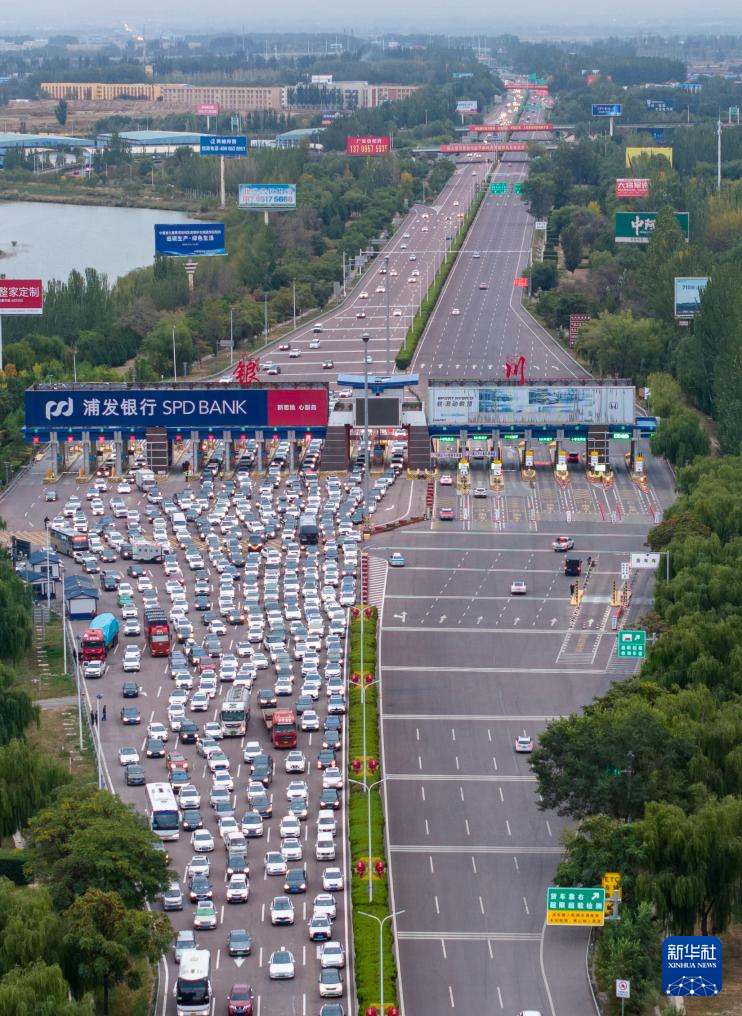Sino-US trade friction has escalated again. Ignoring China’s sincere attitude and actions, the United States increased the tariff on China’s goods exported to the United States from 10% to 25% at 0: 01 Washington time on May 10, 2019. The Chinese side issued a statement at the same time, announcing that it had to take necessary countermeasures.
Faced with this regrettable situation, people who pay close attention to the progress made so far in the high-level economic and trade consultations between China and the United States have to ask: Is the United States fundamentally violating the negotiation principles of mutual respect, equality and mutual benefit, and is it trying to return the process of economic and trade consultations between China and the United States to the original point?
China has always believed that cooperation is the best choice and the only correct choice to solve the problem. Only by earnestly following the established principles and directions of the two sides, strengthening communication, focusing on cooperation and controlling differences can we promote the healthy and stable development of Sino-US economic and trade cooperation and bilateral relations.
The trend of Sino-US economic and trade relations is not only related to the two major economies, but also profoundly affects the world. In the face of a great change that has never happened in a century, economic globalization has suffered twists and turns and uncertainty has intensified. Where is the human society going? At present, American policy makers have made a big bet on the side of "fighting", which has obscured the vision of "getting benefits now", failed to grasp the historical laws, failed to recognize the general trend of the world, and did not want to shoulder the responsibility of the times, thus casting a shadow on the development prospects of the world.
(1)
The United States has launched trade friction offensives again and again, which not only loses its national reputation, but also seriously interferes with the Sino-US economic and trade consultation process.
Looking back on the trade friction between China and the United States, in March 2018, the United States unilaterally provoked the friction and escalated it in a short period of time, which adversely affected the economies of the two countries and global trade.
In order to avoid further escalation of friction, on December 1, last year, at the G20 Summit in Buenos Aires, Argentina, the heads of state of China and the United States reached an important consensus: expand cooperation on the basis of mutual benefit, control differences on the basis of mutual respect, and jointly promote Sino-US relations based on coordination, cooperation and stability.
Subsequently, the economic and trade teams of the two sides held a series of consultations and held dialogues around issues of common concern, such as trade balance, intellectual property protection and two-way investment, constantly expanding consensus, narrowing differences and making positive progress on a series of specific issues. China has always insisted on resolving differences through dialogue, always opened the door to negotiations, actively negotiated with the greatest patience and sincerity, and tried its best to seek the greatest common denominator of the interests of both sides.
However, regardless of China’s sincerity and actions, regardless of the principle of equality and mutual benefit, the United States has exerted extreme pressure and exorbitant prices, which has once again escalated Sino-US trade friction and cast a shadow over Sino-US economic and trade relations.
(2)
The unilateralism and hegemonism pursued by the United States have no way out, which has a serious negative impact on world economic growth and global trade.
As the main founder and participant of the international economic order and multilateral trading system after World War II, the United States should shoulder its due responsibilities, take the lead in observing multilateral trade rules, and properly handle trade frictions with other members through the dispute settlement mechanism under the framework of the WTO, which is also a clear commitment made by the US government to the international community. However, while enjoying the benefits brought by the current international trading system, the current American government has unilaterally exaggerated its domestic problems, internationalized domestic issues, politicized economic and trade issues, pursued extreme pragmatism, and even openly violated WTO rules, which has damaged its national image.
The sudden imposition of tariffs by the US government will inevitably cause great harm to the United States itself, which is a long-established consensus in American society. "My business, not China, paid the 25% tariff, which is imposing tariffs on American consumers." On American social media, there are many such objections. Rick Hefenbay, president of the American Apparel and Footwear Association, said that additional tariffs would only hurt American families, American workers, American companies and the American economy.
American farmers have also been hit. In 2018, the net agricultural income in the United States fell by 12%, and the prices of soybeans, pork, dairy products and wheat suffered a cliff-like decline. While profits fell, equipment prices rose. Lowe Nezl, the fourth-generation farmer of Bissmark Farm in Kansas, said that the farm has been experiencing "difficult economic times" since last year because of the tariff increase, and he and other farmers are victims of trade disputes. Jim Tapon, a grain farmer, said, "We survived the difficult times in the 1970s and 1980s, but we can’t survive now", and his family had to give up their farm after nearly 100 years of operation.
Moreover, the trade friction between the world’s two largest economies has aroused the international community’s concern about global economic growth. The International Monetary Fund, the World Bank and other institutions recently lowered their expectations for world economic growth. Lagarde, managing director of the International Monetary Fund, described the current world economic situation as "uncertain weather" and listed the trade issue as "the biggest uncertainty factor in the world". The WTO has lowered its global trade growth forecast for 2019 from 3.7% to 2.6%, the lowest level in three years.
The trade war can’t solve the problem, and the protectionist behavior of the United States has hurt the interests of American consumers, farmers, entrepreneurs and other groups and the global industrial chain. At present, the economic and political pressure in the United States is increasing, and it is difficult to bear the price of further escalation of trade friction. International public opinion believes that the United States can only finally return to the negotiating table and truly solve the problem through equal consultation. This is the only correct choice.
(3)
China adheres to principled cooperation and resolutely defends the core interests of the country and the fundamental interests of the people. We are confident, determined and capable of coping with risk challenges.
To solve the trade friction between China and the United States, China’s position has always been clear-"cooperation is the best choice for both sides." "We are willing to solve the economic and trade differences and frictions between the two sides in a cooperative way and promote an agreement acceptable to both sides."
Cooperation is principled, not just compromise. China will never develop itself at the expense of other countries’ interests, and will never give up its legitimate development rights and interests. Sino-US trade friction has occurred for more than a year, and its impact on China’s economy is generally controllable, whether it is macro-economy, enterprise development or people’s livelihood.
Long-term positive economic fundamentals are the fundamental support for us to cope with risk challenges.
Since the beginning of this year, in the face of the complicated and severe situation, China has unswervingly promoted high-quality development, made great efforts to deepen structural reform on the supply side, continued to fight three tough battles, timely and moderately implemented countercyclical adjustment of macroeconomic policies, kept major macroeconomic indicators within a reasonable range, significantly improved market confidence, and accelerated the implementation of the conversion of old and new kinetic energy. Looking at this year’s opening report card, China’s GDP increased by 6.4% year-on-year in the first quarter, which exceeded market expectations and remained in the range of 6.4%-6.8% for 14 consecutive quarters. More importantly, at the end of March, the national urban survey unemployment rate was 5.2%, the employment situation was generally stable, and the development "gold content" was higher and more sufficient.
"China does not want to fight a trade war, but it is not afraid to fight a trade war." Sino-US economic and trade issues have limited impact on China’s economic growth. In recent years, thanks to the huge market space and consumption upgrading potential, domestic demand has become the main engine of China’s economic growth, and the contribution rate of consumer demand to economic growth reached 76.2% last year. The impact of fluctuations in Sino-US economic and trade relations is also limited.
Over the past year or so, we have always maintained a high degree of vigilance. We have not only taken the lead in preventing risks, but also advanced measures to deal with and resolve risk challenges, and fought a strategic initiative to turn danger into opportunity. Measures to stabilize employment, finance, foreign trade, foreign investment, investment and expectations have been introduced intensively and landed solidly. China’s economy has shown a high score: the economic growth rate ranks first among the five major economies, with the total economic output exceeding 90 trillion yuan for the first time. The economic structure has been optimized and upgraded, and the pace of China’s steady and progressive economy has been forceful.
The unique advantages of the China system are our greatest confidence in coping with risk challenges.
The more complicated the situation is and the challenges are severe, the more we should give play to the role of the centralized and unified leadership of the CPC Central Committee. The closer we get to the goal of realizing the great rejuvenation of the Chinese nation, the more we need to closely unite around the CPC Central Committee with the supreme leader as the core, strengthen the "four consciousnesses", strengthen the "four self-confidences" and achieve the "two maintenances", which will not only enhance the sense of hardship, plan ahead, accurately judge and properly deal with possible major risks in the economic field; We will also maintain strategic strength, forge ahead, blaze new trails, and make unremitting efforts along the established grand goals.
It should be noted that the achievements of construction, reform and development in the 70 years since the founding of New China, especially the historic achievements and changes since the 18th National Congress of the Communist Party of China, have laid a solid foundation for us to properly deal with trade frictions. It is the fundamental way to deal with trade friction to develop and strengthen yourself through reform and opening up and concentrate on doing your own thing well. It should also be noted that the strong leadership of the CPC Central Committee, the superiority of China’s socialist system, the high degree of unity of national will and the close unity and strong support of the people of the whole country are our greatest advantages and fundamental guarantee for dealing with trade frictions. As the Chairman of the Supreme Leader declared: "The open door of China will not be closed, but will only grow wider and wider. China’s pace of opening up to a higher level will not stagnate! China’s efforts to build an open world economy will not stop! The pace of China’s promotion of building a community of human destiny will not stagnate! "
"There are many things in the world, and drums are used to urge the boat to be stable." Under the strong leadership of the CPC Central Committee with the Supreme Leader as the core, we will certainly overcome all difficulties and obstacles on the road ahead, and no risk challenge can stop China’s progress!
(4)
Sino-American relations have gone through storms for 40 years and have always moved forward. The common interests between China and the United States are greater than differences, and the need for cooperation is greater than friction. Contradictions and differences should not be allowed to interfere with the current overall situation of Sino-US relations, and prejudice should not be allowed to misjudge the future trend of Sino-US relations.
"Looking at the distance, you can know that the wind and waves are small, and the sky begins to feel the sea level."
From the perspective of historical development, every major breakthrough in Sino-US economic and trade relations in the past 40 years has pushed bilateral relations to a new level; Every turn of Sino-US relations is inseparable from the "ballast stone" and "propeller" role of economic and trade relations. Today, although the respective situations of the two countries and the international situation have changed, both sides should remain determined and not be confused by one thing at a time or disturbed by one bureau and one territory.
From the actual demand, today, China and the United States have become each other’s largest trading partners and important investment targets. There is a flight taking off and landing every 17 minutes, and more than 14,000 people travel between the two sides of the Pacific Ocean every day. The annual bilateral trade volume of goods has increased from less than 2.5 billion US dollars to 630 billion US dollars … The interests in bilateral economic and trade cooperation have been expanding, and mutual dependence has been increasing, forming a pattern of "you have me and I have you". The two peoples have continuously deepened their understanding and benefited from it, which also confirms the profound truth that "cooperation is the only correct choice for China and the United States".
In all fairness, Sino-US economic and trade exchanges are huge in scale, rich in connotation, wide in coverage and involving multiple subjects, and it is inevitable that some contradictions and differences will arise. However, the interests of China and the United States are deeply blended and the market advantages are complementary. The economic and trade cooperation between the two countries is essentially mutually beneficial and win-win. Only by looking at it from a comprehensive perspective and starting from the overall situation of safeguarding the strategic interests of the two countries and the international order can we properly handle differences and resolve contradictions pragmatically.
From the perspective of non-governmental exchanges, the friendship between the two peoples has always been the source of the development of Sino-US relations. The friendly story of "Ping-Pong Diplomacy" is a much-told story among the people of the two countries. Disneyland settled in Shanghai; McDonald’s, KFC and Starbucks are all over China … Over the past 40 years, non-governmental exchanges between China and the United States have become more and more abundant, involving economy, trade, law, education, sports and many other fields. Today, 40 years later, only by conforming to the trend of the times, responding to the voice of the people, encouraging and supporting people from all walks of life in both countries to carry out exchanges and cooperation, can we promote the stable and far-reaching Sino-US relations.
Historical experience tells people that a prosperous China is beneficial to the United States, and a prosperous America is also beneficial to China. China has no intention of changing the United States or replacing it; The United States can’t control China, let alone stop the development of China. How China and the United States judge each other’s strategic intentions will directly affect what policies they adopt and what relations they develop. We can’t make mistakes on this fundamental issue, otherwise we will make all mistakes.
"The vast Pacific Ocean has enough space to accommodate the two great powers of China and the United States", "China and the United States share extensive and important common interests, and the combination of China and the United States will benefit both, and the fight will hurt both" and "there is no Thucydides Trap in the world" … A series of important expositions on Sino-US relations by the Chairman of the Supreme Leader show the profound grasp of the general trend of Sino-US relations and the responsibility of promoting the construction of a new type of relationship between major powers.
Standing at a new starting point, China and the United States need to enhance mutual trust, promote cooperation, manage differences and jointly promote Sino-US relations based on coordination, cooperation and stability. Only in this way can we be worthy of the strategic choice made by the two peoples 40 years ago and leave a better Sino-US relationship to future generations.
(5)
Tracing back to the source along the historical development, we can see the logic of progress. Examined in the overall pattern of China’s reform and opening up, trade friction is also a "stress test", which further strengthens our confidence and determination to comprehensively deepen reform and opening up.
Forty years ago, Time magazine of the United States questioned: Is there such a precedent for a quarter of the world’s population to quickly get rid of isolation and connect with the world?
Over the past 40 years, China has made a great leap from "crossing the river by feeling the stones" to "breaking a new path", using the golden key of reform and opening up to open the door to embrace the world. Today, China has become the world’s second largest economy, the largest commodity trading country and the largest foreign exchange reserve country, and has become a major trading partner of more than 120 countries and regions.
China is open in all directions and does not depend on one country or one region. The United States is China’s largest trading partner, but it is not the only one.
"China’s reform and opening up is the most successful economic reform movement in human history after World War II." Coase, the Nobel laureate in economics, came to this conclusion in his book Changing China.
When the door is opened, fresh air can come in, and wind and rain will also come in. All kinds of risk challenges cannot be avoided. This trade friction is not only a "master’s trick" between big countries, but also a challenge in the process of growth.
This is a test of the ability to withstand pressure. In the 40 years of reform and opening up, the strong potential energy accumulated by China’s development is a solid foundation for coping with the impact. China is the only country that has all the industrial categories of the United Nations industrial classification. The big market with a population of nearly 1.4 billion is thriving, and the abundant human capital is constantly flowing. Consumer demand has become the "first engine", and the fundamentals determine that China’s economy has strong resilience. "China’s economy is a sea, not a small pond." "Storms can overturn small ponds, but not the sea." The words of the Chairman of the Supreme Leader are forceful and hit the floor.
This is a test of economic vitality. What changes have taken place in China every minute? In Hubei, 12 Dongfeng cars were off the assembly line; In Henan, export food and agricultural products worth 48,000 yuan; In Liaoning Pilot Free Trade Zone, the registered capital is increased by 690,000 yuan … The scale of "one minute" makes people feel the vigorous pulse of China’s development. All vitality comes from reform and opening up. In the process of striding towards the world, enterprises in China have waded through water, encountered whirlpools and encountered storms, but learned to swim in swimming. Today, the deepening of reform is frequent and unprecedented, and a series of measures, such as promoting the "streamline administration, delegate power, strengthen regulation and improve services" reform and reducing taxes and fees on a large scale, have released the innovation and entrepreneurship of more than 100 million market players to the maximum extent.
This is a test of the quality of development. Trade friction is also a cold bath, which makes us more aware of the structural shortcomings. Small chips have become China’s largest imported goods; The output of more than 220 major industrial products is leading all the year round, but many of them are just sweat and resources. This also taught us a good lesson: China can’t buy a modernization, nor can it afford one. At present, the worldwide structural competition has begun to seize the commanding heights of a new round of industrial transformation. We must deepen the supply-side structural reform, speed up the optimization of the economic structure, promote quality reform, efficiency reform and power reform, and provide inexhaustible power for high-quality development.
Coming from challenges again and again, China became more aware of where he came from and where he was going. Reform and opening up is the only way and the key measure. In today’s China, with the deepening of reform and opening-up in an all-round way, the answer of "change or not" is firmer, and the path of "what to change" and "how to change" is clearer. Facing the problem of insufficient imbalance in development, we should give impetus to reform and opening up, and it is becoming an unshakable goal for China today to change from "have" to "be good".
Reform and opening up is only carried out when it is not completed. Since the reform and opening-up, we have blazed a new and good road with the courage of daring and self-innovation and ushered in a bright future of national rejuvenation. Striving for a new era and starting a new journey, as the Supreme Leader General Secretary solemnly declared on the 40th anniversary of reform and opening up: "China’s reform and opening up will never stop! China in the next 40 years will surely have new achievements that will impress the world! "
(6)
At a higher level, economic globalization is an irreversible historical trend. "It is impossible and against the historical trend to let the sea of the world economy return to isolated small lakes and rivers."
In April 2019, Beijing was full of spring, which witnessed another important historical node.
"As long as everyone in Qi Xin works together and helps each other, even if they are separated by thousands of waters and Qian Shan, they will certainly be able to walk out of a mutually beneficial and win-win road." The initiative put forward by the Chairman of the Supreme Leader in the keynote speech at the opening ceremony of the second "Belt and Road" international cooperation summit forum represents the common pursuit of mankind and has aroused strong resonance in the international community. Thirty-nine foreign leaders, more than 150 countries, 92 international organizations and nearly 6,000 foreign guests attended the meeting. The forum reached a series of cooperation consensus and formed a series of pragmatic achievements, reflecting the international influence, moral appeal and cooperation attraction of the "Belt and Road".
The initiative originated in China, and the opportunity belongs to the world. This is not a private path, but sunshine avenue, where everyone is advancing hand in hand: In Serbia, the Smederevo Steel Plant of Hegang Group has become the largest export enterprise, and the local unemployment rate has dropped sharply. "A steel plant is reborn and a city is happy"; In Maldives, the cross-sea bridge connects the islands; In the Republic of Montenegro, highways run through mountains; In Belarus, there is a car manufacturing industry … This is a fruitful achievement of the "Belt and Road" construction and a benefit brought by economic globalization to people of all countries.
What is economic globalization? Mobile phone production is a vivid epitome. A small mobile phone may have chips from Broadcom in the United States, image sensors from Sony in Japan, screen glass from Lansi Technology in China, flexible screen from BOE in China, etc. Parts from more than 200 suppliers from all over the world have crossed the ocean, flooded into Shenzhen, China and other places to complete production, and then delivered to consumers all over the world. It can be said that without goods, capital, technology and information flowing across borders, there would be no smart phone that everyone can’t live without.
The tide of economic globalization is rolling forward, but protectionism and unilateralism have cast a shadow over the world economic growth, and mankind has once again stood at a "crossroads." "Wise men make timely plans." At this time, China unswervingly pursues the win-win opening-up strategy, promotes the construction of an open world economy, leads the process of economic globalization, injects more certainty into the uncertain world, and conveys China’s confidence and China’s strength to the world-China has always been a builder of world peace, a contributor to global development and a defender of the international order.
"All roads lead to Beijing." Some overseas media commented. This "development pole" raised by the East has approached the center of the world stage and its weight is getting heavier and heavier. The contribution rate of China’s economy to world economic growth has been above 30% for many years, and it is the main stabilizer and power source of world economic growth. In the future, the development of China will also depict the direction of the world. The United States "World Post" once asserted that the future development of China’s economy will have a potential impact on everyone on the earth.
Being in a neighboring "global village", the development of China today is no longer a calm "inland river", but a "world ocean current" that blends with the global economy and is deeply integrated into the world economic chain. It is the aspiration of the people and the general trend to build a community of destiny and win-win cooperation.
The vastness of the sea lies in its open and inclusive mind. Today’s opening of China is not only the self-development of peers in the world, but also the initiative to lead the trend. China is a staunch defender of the multilateral trading system, a committed practitioner of opening wider to the outside world and an active advocate of building a community of human destiny. China is duty-bound to join hands with other countries to build a cooperation platform and achieve win-win sharing.
"If the world is good, China can be good; China is good, and the world is better. " The simple words of the Chairman of the Supreme Leader reveal the great logic of the relationship between China and the world in the new era. China’s wisdom is like a lighthouse in the sea, guiding the ships of the world economy to keep moving forward.
(7)
Standing on a longer time axis, the rise of a big country will inevitably go through a ditch. The key is to maintain strategic strength and strategic endurance and concentrate on doing your own thing well.
Emerging countries, from big to strong, all experience a special historical stage of increasing risks and challenges. China today is at such a "critical stage". Such a large volume and such a heavy weight can’t be hidden by "low-key", just as an elephant can’t hide behind a small tree, and it is inevitable to encounter a ditch.
"Ditch" and "hurdle" can’t control the "time" and "potential" of the development of things. Today’s world faces risks and challenges, but peace and development are still the theme of the times. As the world’s largest population country and the second largest economy, China plays an irreplaceable role in solving various world problems, and the dependence of countries on the China market has increased in an all-round way. China’s development is still in an important period of strategic opportunities, and the times and trends are on our side.
There is no golden age of enjoying the success. Just like a Mercedes-Benz train, once the power system stops, it can run for a while by inertia, but it will eventually stop. The great rejuvenation of the Chinese nation can never be achieved easily by beating gongs and drums. We must be prepared to make more arduous and arduous efforts. Today’s China is made by all the people; China in the future will depend on all the people to roll up their sleeves and work hard!
To do our own thing well, we should live up to the times and forge ahead.
The more critical it is, the more it is necessary to maintain strategic strength and firm confidence in winning. China’s economic fundamentals are full of confidence, and China’s institutional advantages are unparalleled. With the strong leadership of the CPC Central Committee with the Supreme Leader as the core and the leadership at the helm, we will never get lost because of the temporary storms. Stand firm in your own direction and follow your own path. China, a great ship, will break the waves and make steady progress!
To do our own thing well, we should follow the trend and overcome difficulties.
The more difficult and dangerous it is, the more we must enhance our sense of urgency and move towards high-quality development with greater political courage and wisdom. Development is the last word, and strength is the right to speak. Whether it is to resolve structural contradictions or to guard against cyclical risks, comprehensively deepening reform is the golden key. The shackles of ideas and concepts are being broken, the barriers of solidification of interests are being broken, the fetters of institutional mechanisms are being broken, and the reform and opening up are fully exerted. The Chinese nation is running out of the acceleration of the new era.
"The thunder in the storm is particularly loud, and the lightning in the depths of the dark clouds is particularly bright. Only through the long night can the fiery red sun spew out." The poem "Ode to Light" written by the poet Ai Qing symbolizes the indomitable and brave spirit of the strugglers.
Although the wind and rain are not enough to fear, the middle stream is full of enthusiasm, and every day is seized. Standing at the historical intersection of the goal of "two hundred years" and facing the Chinese dream of the great rejuvenation of the Chinese nation, as long as we closely follow the new connotation of important strategic opportunities, turn pressure into motivation and accelerate the high-quality economic development, we will certainly be able to firmly grasp the initiative of development in our own hands!
"History will only care for the determined, the enterprising and the fighters, and will not wait for the hesitant, the slackers and the fearful." An ancient nation is full of youth, and hundreds of millions of "dream catchers" who yearn for a happy life are marching forward bravely towards the goal of the great rejuvenation of the Chinese nation!
An open China at a higher level will form a more benign interaction with the world, sow the seeds of cooperation together and reap the fruits of development together! (Guo Jiping)

